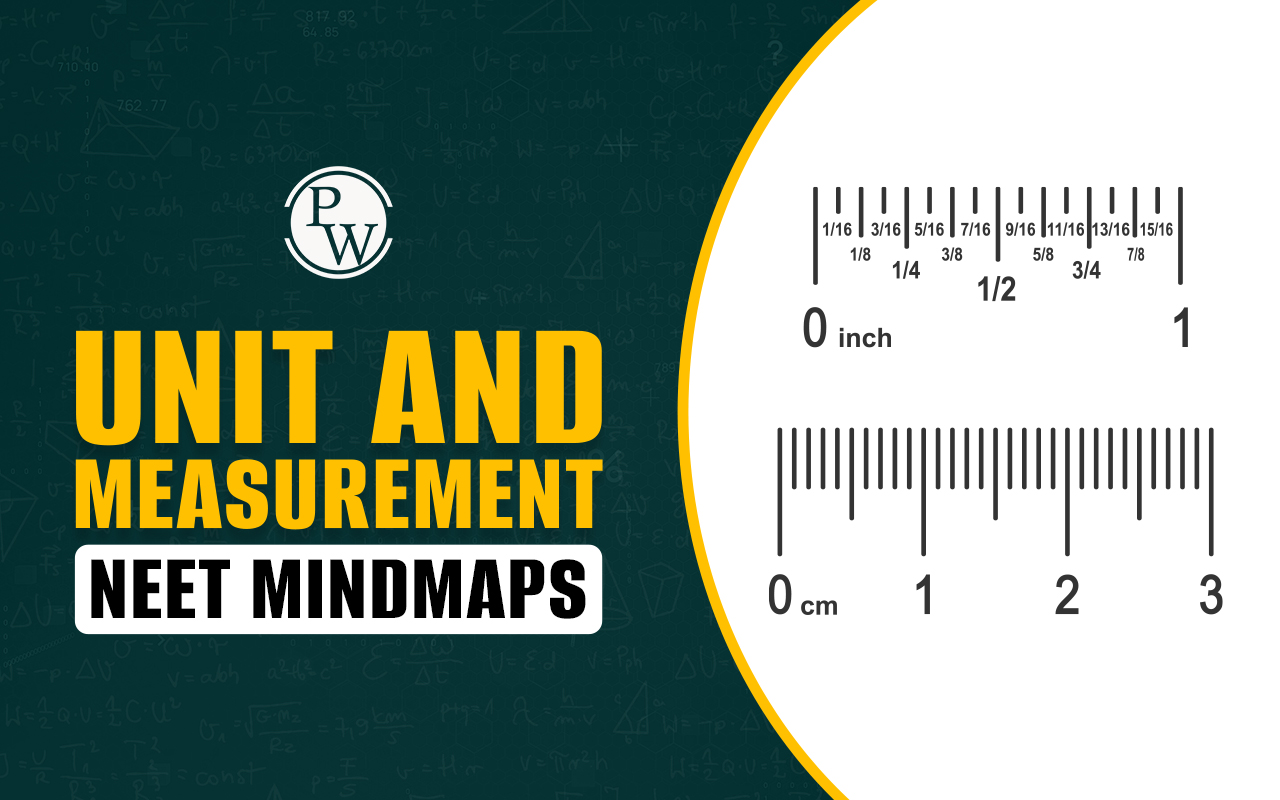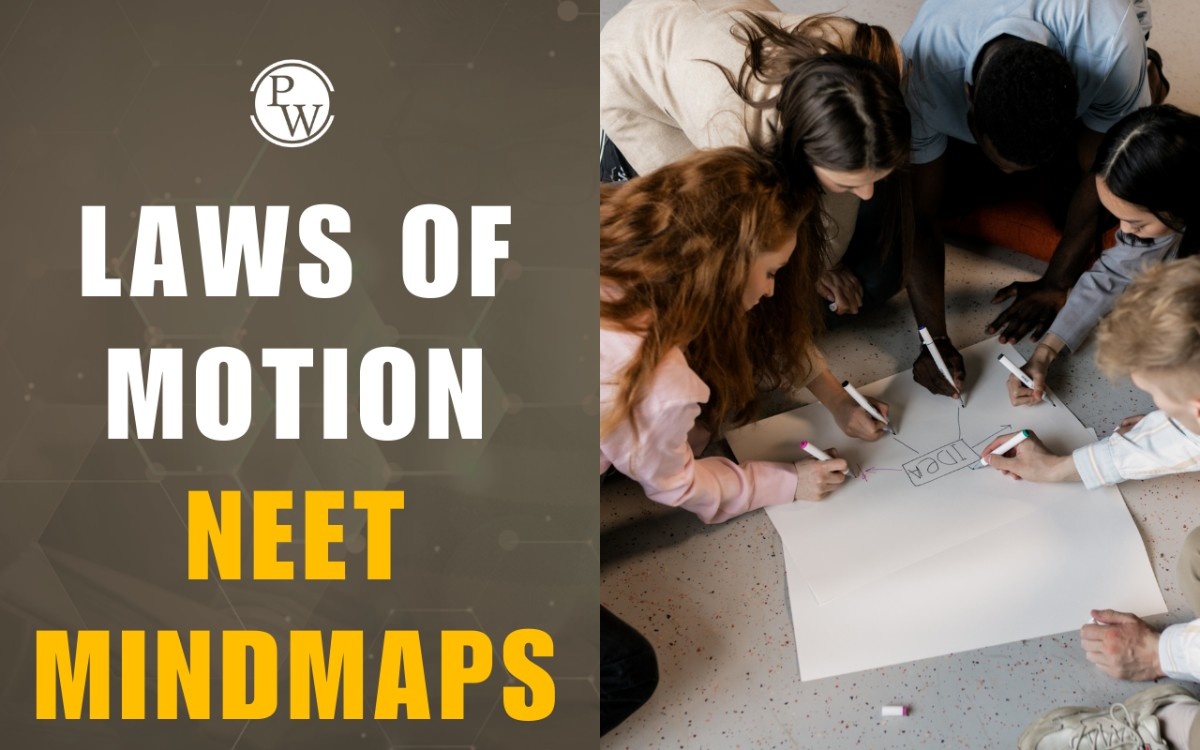

Leucosolenia: Within the phylum Porifera, there is a genus of calcareous (calcium carbonate-based) sponges known as Leucosolenia. These sponges have a branched structure and encompass several species, most of which are found attached to hard surfaces in tide pools.
Observing these tide pools from above the water's surface, you might easily overlook them, as individual sponges are very small, typically no longer than an inch. However, they form colonies resembling small bunches of bananas. Students can refer to the detailed article below on Leucosolenia, classification, characteristics, reproduction, and more.Also Check:
What is Leucosolenia?
Leucosolenia, also spelled Leucoselenia, is a tubular, branched, and calcareous sponge belonging to the family Leucosoleniidae. These sponges are typically found in tide pools and on wharves. The genus includes numerous species, most of which are asconoid, representing the simplest form of sponges. Leucosolenia forms branching colonies that can resemble small bunches of bananas. Leucosolenia reproduces both asexually and sexually. Asexual reproduction occurs through budding, while sexual reproduction involves the formation of gametes, specifically ova and sperm. Leucosolenia is hermaphroditic, meaning that both types of gametes are produced by the same individual. While most sponges are asymmetrical, Leucosolenia is symmetrical.Leucosolenia Classification
Leucosolenia, also known as Leucoselenia, is a genus of tubular, branched sponges belonging to the family Calcispongiae within the phylum Porifera. This broad genus includes most asconoid sponges, which are the simplest in structure. These species are commonly found in tidal pools and attached to wharves. Most species of Leucosolenia are about 2.5 centimeters (one inch) in length. The following is the classification of Leucosolenia:| Leucosolenia Classification | |
|---|---|
| Leucosolenia Kingdom | Animalia |
| Leucosolenia Phylum | Porifera |
| Leucosolenia Class | Calcarea |
| Leucosolenia Order | Leucosolenida |
| Leucosolenia Family | Leucosoleniidae |
| Leucosolenia Genus | Leucosolenia |
Habitat and Distribution of Leucosolenia
Leucosolenia is a colonial marine sponge characterized by its small size and fine branching structure. This genus is commonly found in tide pools and on wharves, firmly attached to various substrates. It thrives in shallow waters just below the low tide mark on seashore rocks, particularly in areas with significant wave activity. Leucosolenia does not inhabit calm waters. It is prevalent along the northern Atlantic coast and is highly sensitive to environmental conditions. Approximately 100 species of Leucosolenia have been discovered worldwide, with L. botryoides, L. complicata, and L. variabilis being particularly common. New individuals typically originate as free-swimming flagellated larvae, which develop from amoebocyte eggs. These larvae are released through the parent's osculum and eventually settle on new surfaces, undergoing metamorphosis into microscopic sponges. Some Leucosolenia species, such as L. botryoides, can also reproduce through budding. In this process, a fingerlike extension from the parent body detaches and attaches to a new site, with the tip of the extension forming the lower end of the new individual.Also Check:
Structure of Leucosolenia
Leucosolenia is a simple, colonial sponge belonging to the phylum Porifera. Its body is vase-like with a central cavity and features an asconoid type canal system. The body wall comprises pinacocytes, mesoglea, and choanocytes, with spicules providing skeletal support. The following outlines its structure: Body Structure:- Colonial: Leucosolenia forms colonies of interconnected individuals.
- Vase-like: Each individual in the colony is shaped like a vase.
- Osculum: The top of each individual has a large opening called an osculum.
- Canal System: Leucosolenia has the simplest canal system, the asconoid type, with a central cavity (spongocoel) lined with flagellated choanocytes.
- Pinacocytes: The outer layer of the body wall is made up of flat, thin cells called pinacocytes.
- Mesoglea: A jelly-like substance called mesoglea is located between the pinacocytes and choanocytes. It contains amoebocytes and skeletal spicules.
- Choanocytes: The inner layer of the body wall is lined with choanocytes, which have flagella that create water currents and aid in filter feeding.
- Spicules: Tiny, needle-like structures made of calcium carbonate that provide support to the body.
Leucosolenia Characteristics
Leucosolenia is a genus of simple, tubular sponges belonging to the class Calcarea. The following are the key characteristics of Leucosolenia: 1. Morphological Features: Leucosolenia exhibits the simplest body structure of sponges, known as the asconoid type. It has a tubular, vase-like shape with a central cavity called the spongocoel. These sponges are small, often just a few centimeters in height, and are typically white or cream-colored. The skeleton consists of calcareous spicules, which are needle-like structures made of calcium carbonate. These spicules can be monoaxon (single axis) or triaxon (three axes). The central cavity opens to the outside through a large aperture called the osculum, located at the top of the sponge. 2. Cellular Features: Pinacocytes are flat cells that form the outer layer, or pinacoderm, covering the body surface. Choanocytes, also known as collar cells, line the spongocoel. They have flagella that create water currents and collar structures that trap food particles. Amoebocytes are mobile cells found within the mesohyl (a gelatinous layer between the pinacoderm and choanoderm). They play a role in digestion, spicule formation, and reproduction. 3. Reproduction: Leucosolenia can reproduce asexually through budding, where new individuals grow out from the parent sponge and eventually detach. A piece of the sponge can break off and develop into a new individual. Leucosolenia individuals often possess both male and female reproductive organs. Sperm released into the water by one sponge is captured by another sponge’s choanocytes, leading to internal fertilization. The resulting larvae are released into the water to settle and develop into new sponges. 4. Habitat: Leucosolenia is found in shallow marine environments, often attached to rocks, shells, or algae. These sponges are widespread in temperate and tropical oceans around the world. 5. Ecological Role: As filter feeders, Leucosolenia sponges play a crucial role in marine ecosystems by filtering small particles from the water, including bacteria and plankton. They provide habitat and shelter for small marine organisms. These characteristics make Leucosolenia a key representative of the simple, early evolutionary forms of sponges in the animal kingdom.Leucosolenia Reproduction
Leucosolenia, a type of calcareous sponge, reproduces both asexually and sexually. Asexual Reproduction:- Budding: New individuals form as buds on the parent sponge. These buds can either detach to grow independently or stay attached, forming colonies.
- Branching: Horizontal branches extend over rocks and other surfaces, leading to the growth of new, upright vase-shaped individuals.
- Sperm : Produced by specialized cells known as choanocytes, which are flagellated cells lining the sponge’s internal cavity.
- Ova : Formed from amoeboid cells found in the mesohyl, a gelatinous matrix within the sponge.
Leucosolenia FAQs
Q. What body type is Leucosolenia?
Ans. Leucosolenia has a simple, tubular, or vase-shaped body. It is a calcareous sponge with a porous surface that facilitates water circulation.
Q. Is Leucosolenia freshwater?
Ans. No, Leucosolenia is a marine sponge and is not found in freshwater environments. It thrives in saltwater habitats.
Q. How do Leucosolenia eat?
Ans. Leucosolenia filters small particles from the water through its porous surface. The sponge captures and processes food as water flows through it.
Q. What is the digestion of Leucosolenia?
Ans. Leucosolenia digests food intracellularly within specialized cells called choanocytes. These cells engulf and break down food particles.
Q. What is the ecological importance of Leucosolenia?
Ans. Leucosolenia plays a role in marine ecosystems by providing habitat and contributing to nutrient cycling. It supports various marine species and helps maintain ecological balance.
Q. Where does food storage in Leucosolenia occur?
Ans. Food storage in Leucosolenia happens within the choanocytes and the mesohyl, a gel-like substance inside the sponge. These areas store and process captured food.
🔥 Trending Blogs
Talk to a counsellorHave doubts? Our support team will be happy to assist you!

Free Learning Resources
PW Books
Notes (Class 10-12)
PW Study Materials
Notes (Class 6-9)
Ncert Solutions
Govt Exams
Class 6th to 12th Online Courses
Govt Job Exams Courses
UPSC Coaching
Defence Exam Coaching
Gate Exam Coaching
Other Exams
Know about Physics Wallah
Physics Wallah is an Indian edtech platform that provides accessible & comprehensive learning experiences to students from Class 6th to postgraduate level. We also provide extensive NCERT solutions, sample paper, NEET, JEE Mains, BITSAT previous year papers & more such resources to students. Physics Wallah also caters to over 3.5 million registered students and over 78 lakh+ Youtube subscribers with 4.8 rating on its app.
We Stand Out because
We provide students with intensive courses with India’s qualified & experienced faculties & mentors. PW strives to make the learning experience comprehensive and accessible for students of all sections of society. We believe in empowering every single student who couldn't dream of a good career in engineering and medical field earlier.
Our Key Focus Areas
Physics Wallah's main focus is to make the learning experience as economical as possible for all students. With our affordable courses like Lakshya, Udaan and Arjuna and many others, we have been able to provide a platform for lakhs of aspirants. From providing Chemistry, Maths, Physics formula to giving e-books of eminent authors like RD Sharma, RS Aggarwal and Lakhmir Singh, PW focuses on every single student's need for preparation.
What Makes Us Different
Physics Wallah strives to develop a comprehensive pedagogical structure for students, where they get a state-of-the-art learning experience with study material and resources. Apart from catering students preparing for JEE Mains and NEET, PW also provides study material for each state board like Uttar Pradesh, Bihar, and others
Copyright © 2025 Physicswallah Limited All rights reserved.










